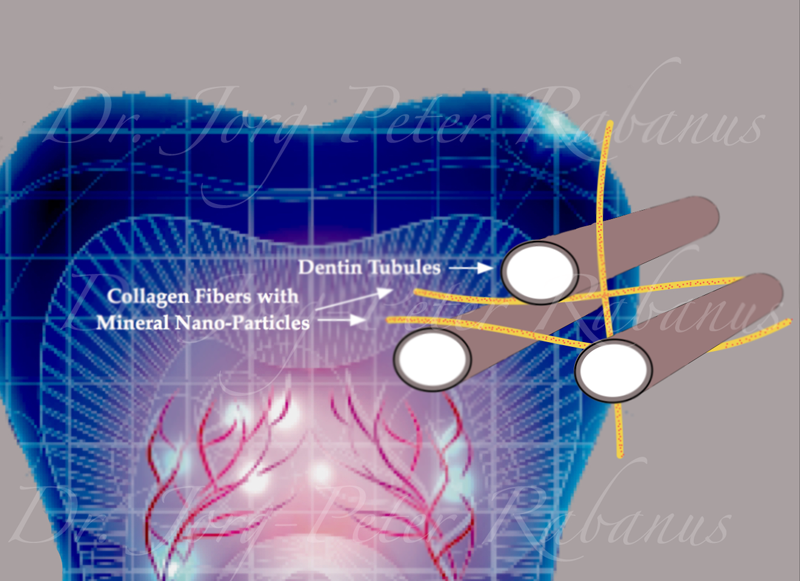Teeth are still the heroes of cosmetic dentistry
And it is the job of the cosmetic dentist to fully utilize their natural toughness.

In case you have ever wondered how our teeth can withstand decades of daily abuse with all kinds of food particles and grinding habits, I thought I would briefly talk about the most recent findings of a team of international researchers at the University of Berlin, who analyzed the nanostructures of dentin, which is the softer core of a tooth, yet tougher than enamel.
The team discovered that the mineral components that are attached to small collagen fibers of dentin are precompressed by a shrinkage of the collagen that takes place after the assembly of these two components by highly specialized surrounding cells. This compressive tension within the dentin helps to prevent cracks from developing. Propagation of cracks is especially prevented in the inner parts of the dentin layer, hence protecting the dental pulp.
This work addresses the fundamental question of how biological hard tissues have enhanced mechanical properties despite structurally inferior building blocks that are arranged in multiple levels of hierarchical structure. Teeth are covered with a very hard cell-free substance called dental enamel. However, enamel by itself does not lead to dental toughness. In fact, it is the underlying dentin that gives a tooth durability and tensile strength. The natural "bonding" of enamel to dentin transfers this resistant quality over to the enamel, which contributes with its hardness against mechanical attrition and chemical erosion.
Dental porcelain behaves very similar to isolated enamel. It is very brittle and has low tensile strength. But once dental porcelain is meticulously bonded to the underlying tooth structure by a well-trained cosmetic dentist, it behaves the same way as enamel: it is more resistant to stress. I discussed this important aspect of cosmetic dentistry already at my technical-specification page about dental bonding.
References:
Zaslansky P et al. Compressive Residual Strains in Mineral Nanoparticles as a Possible Origin of Enhanced Crack Resistance in Human Tooth Dentin. Nano Letters, 2015, 15(6); 3729-3734.
Dipanjan Sen & Markus J. Buehler. Structural hierarchies define toughness and defect-tolerance despite simple and mechanically inferior brittle building blocks. Scientific Reports 1, Article number: 35 (2011)
Devendra K. Dubey and Vikas Tomar. Ab Initio Investigation of Strain Dependent Atomistic Interactions at Two Tropocollagen-Hydroxyapatite Interfaces. J. Eng. Mater. Technol 135(2), 021015 (Mar 28, 2013) (8 pages)
Olszta, M.J.; Cheng, X.; Jee, S.S.; Kumar, R.; Kim, Y.Y.; Kaufman, M.J.; Douglas, E.P.; Gower, L.B. Bone structure and formation: A new perspective. Mater. Sci. Eng. R Rep. 2007, 58, 77–116.
Gower, L.B. Biomimetic model systems for investigating the amorphous precursor pathway and its role in biomineralization. Chem. Rev. 2008, 108, 4551–4627.
Landis, W.J.; Silver, F.H. Mineral deposition in the extracellular matrices of vertebrate tissues: Identification of possible apatite nucleation sites on type I collagen. Cells Tissues Organs 2009, 189, 20–24.



